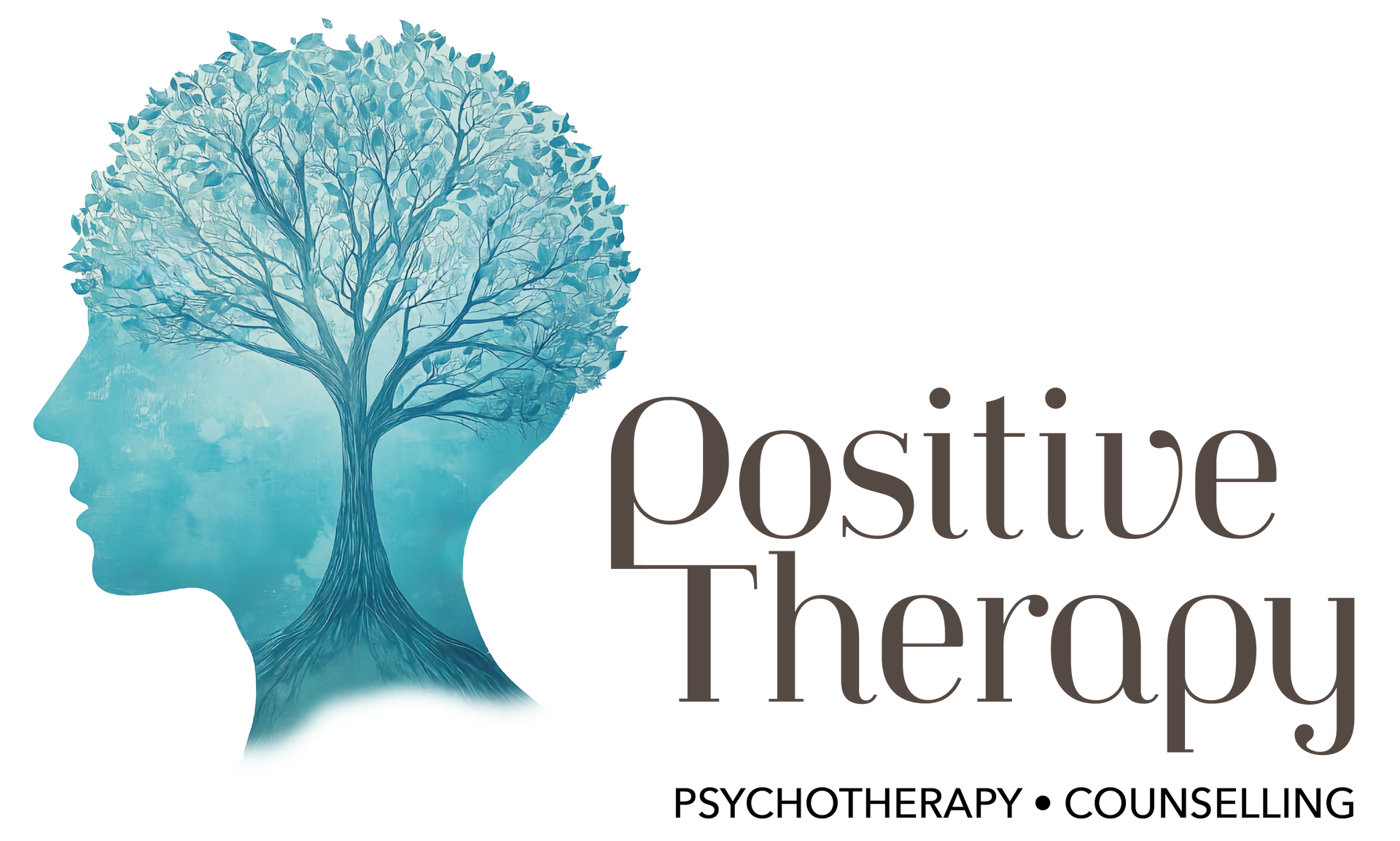Counselling for Adolescents &
Young People (Ages 11–25)
Taking the first step to open up can be really tough, especially for young people. It’s a brave decision, and one that deserves care and support.
I’ve supported adolescents and young people aged 11 to 25 through a wide range of challenges. My background includes counselling in mainstream and special schools, supporting students with additional needs, neurodevelopmental conditions (such as Autism and ADHD), moderate learning difficulties, and those in alternative education (EOTAS).
Common Issues Young People Face
I’ve worked with young people navigating a wide range of emotional and psychological difficulties, including:
- Bullying
- Stress and anxiety
- Friendship and relationship issues
- Low self-esteem and confidence
- Family conflict, separation, or divorce
- Abuse and trauma
- Bereavement, grief, and loss
- Self-harm and suicidal thoughts
- Anger and emotional regulation
- Risk-taking behaviours
- Body image concerns
- School pressures and transitions
How Counselling can Help
Counselling offers young people a safe space to explore their feelings, process challenges, and build strength, resilience and hope. My approach is client-centred, which means the therapy is guided by the young person’s unique needs and experiences. The aim is to improve emotional wellbeing, support development, and remove barriers to learning and life satisfaction.
My Approach
The therapeutic relationship is at the heart of my work. Building trust and rapport is essential. I have experience working with adolescents and young people across a variety of settings, including educational, community, statutory, and voluntary sectors.
I use an integrative therapeutic approach, meaning each session is tailored to the individual. I draw from a variety of therapeutic methods based on the young person’s age, maturity, and the issues they’re facing. Every session is approached with
sensitivity, care, and creativity.
Creative Techniques and Activities
To support self-expression and emotional processing, I offer a range of creative tools during therapy, including:
- Sand tray therapy
- Art and drawing
- Clay and sensory materials
- Puppets and play-based tools
- Therapeutic storytelling
- Creative writing
These creative approaches often allow young people to express themselves in a way that feels safe, natural, and non-threatening.
The Goal
The goal of therapy is to empower adolescents and young people to support their personal growth. By building resilience and developing healthy coping skills, they can better navigate life’s challenges and gain a more positive outlook on themselves and their future.
Support is available through tailored therapeutic approaches designed to meet the unique needs of adolescents and young adults.
That’s why it’s so important that young people receive care from professionals who are qualified, experienced, and trained to truly connect, support, and make a lasting difference.
Let’s Talk
Do you want to do more, be more, accomplish more, but don't know where to begin? I'm here to help you get started. Don't wait another moment. The time is now. The person is you. Take the leap and start living.
